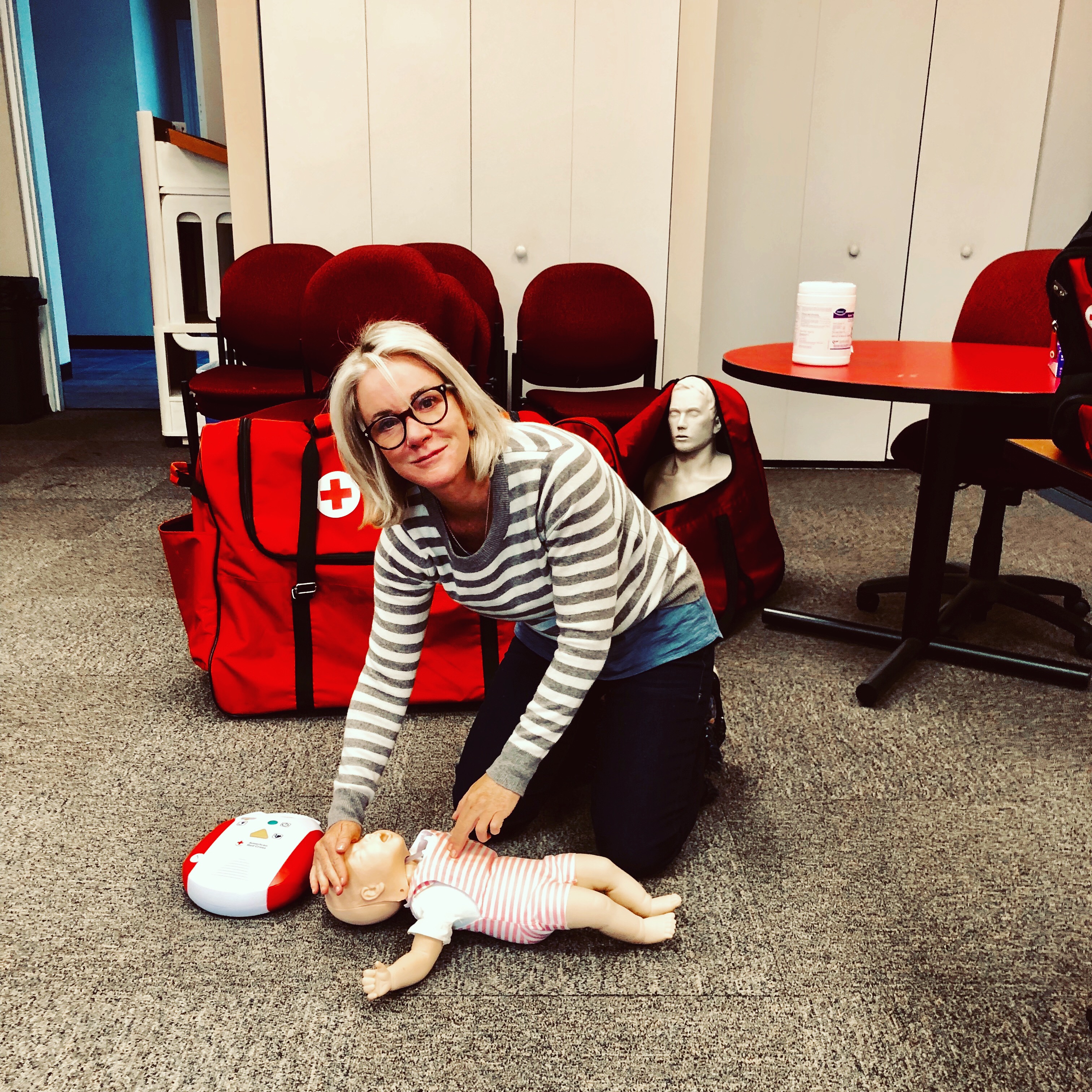The best way to promote public health is to educate and martial the community who has the most to win: our youth.
In high school my Dad espoused some tenets for life “wear your seatbelt, play a sport, go to college and don’t smoke”. When I asked why? He would bark, “Because I said so”. A high school elective in public health would have given his admonition teeth, as I learned later on that nicotine affects a developing adolescent brain and wearing a seatbelt cuts my risk for fatal injury in half.
Public health’s share of total healthcare expenditures hovers around a paltry ~3%. Yet the most important problems being debated on the national stage – the economy, disparities and navigating a pandemic- all have roots and solutions in public health. In fact, the only path to a sustained economic recovering is through a strong public health system.
The challenges and pending policies pose a question: should public health be an elective in high school? The opinion and buy-in of policies within this group are likely to drive success for future generations. We don’t have to look far, as this month college towns are having outbreaks two times the rate of non-college towns. We shouldn’t be too surprised that students are grappling with public health tactics while hungry for the necessary socialization to thrive in life.
And more pressing, young adults over index on major public health problems including obesity (20.6%), illegal drug use (16.7%), vaping (20%) and sexually transmitted diseases (50%) to name a few. And more than 60% of injury related deaths are due to vehicle crashes, firearms, and suicide all of which require early prevention strategies. And alcohol is almost always a factor in the three leading causes of death among youth 15-24 years old: accidents, homicides, and suicides.
Nearly all US states require students to complete a certain number of units per course to earn a standard high school diploma including english, mathematics, social studies, science, art, foreign language and electives. Unfortunately, most high schools only require a half unit (.5) of health which often falls under physical education.
Although many young adults have some college education, the vast majority 66% of the population over age 21 do not have a four-year college degree. Early exposure to public health could be analogous to trade and vocational classes where many students graduate into technical schools. Students learning public health may ignite a technical path in medicine, pharmacy, respiratory therapy, medical coding which are often a two year degree at a lower financial tuition burden.
For many students, these degrees pay well, come with health insurance and serve as a launch pad for higher education at the graduate level. With my nursing degree, I went on to attain two masters and a doctorate.
Public health protects and promotes the health of people and their communities focusing on where they live, learn, and work. It’s never too early to give science based solutions to problems.
There is no higher return on investment than arming our next generation with the power of public health science helping them prevent disease and promote life enhancing behaviors throughout their lifecycle.
And imagine if a few students chose a path in public health? Their respect, leadership and dedication are needed more than ever.
Meghan FitzGerald


